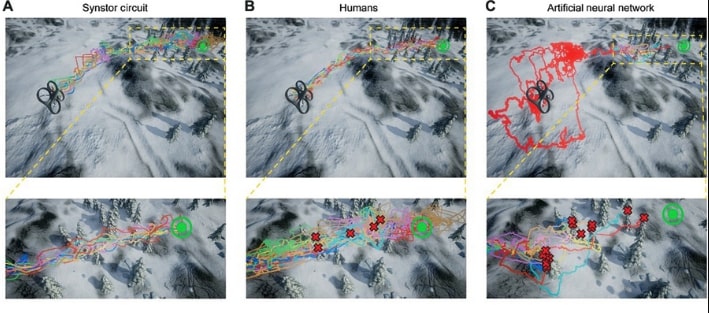Now Reading: Bodidata Unveils 3D Scanner for Faster, 90% Accurate Clothes Fitting
-
01
Bodidata Unveils 3D Scanner for Faster, 90% Accurate Clothes Fitting
Bodidata Unveils 3D Scanner for Faster, 90% Accurate Clothes Fitting

Swift Summary
- Bodidata Technology: Bodidata’s 3D body scanner offers clothing size-matching technology that is faster and more accurate.
– Efficiency: 15X faster fittings compared to traditional methods.
– Accuracy: Over 90% accuracy in size recommendations, even when scanning individuals wearing regular clothing.
- Impact on Environment: Adoption of this technology could prevent billions of garments from becoming waste, possibly reducing global greenhouse gas emissions by up to 3%.
- Key Features:
– Uses lidar, camera, and millimeter wave radar for precise measurements beneath clothing.
– Eliminates manual measurement inaccuracies and dressing room setups.
– Scanned data is encrypted without storing visual data locally.
- Applications
– Drop-in scanning stations are planned for malls and public locations for confident online shopping experiences.
– Dutch company Heigo has already implemented Bodidata’s solutions since 2022 to enhance fittings for over 25,000 workers’ uniforms.



Indian Opinion Analysis
Bodidata’s innovative scanning technology could serve as a template for India as it grapples with apparel wastage and environmental challenges tied to mass consumerism. For a country with burgeoning e-commerce activity in fashion retail-especially post-pandemic-such tools can reduce customer dissatisfaction due to incorrect sizing while strengthening online sales credibility.
The environmental implications are notable too; India struggles significantly with textile waste disposal amid rising production rates in its garment industry-a shift towards better-fit solutions could address these inefficiencies while aligning India’s commitments toward reducing carbon footprints under international agreements like the Paris Accord.
Further adoption might also unlock industrial benefits such as streamlined uniform distribution (like Heigo’s use case), which can be applied across India’s vast workforce sectors (education staff uniforms or defense). However, large-scale deployment challenges may include infrastructure gaps in remote areas needing scalable drop-in models or partnerships localized among states targeting inclusivity Read More here.























